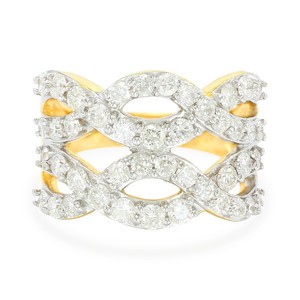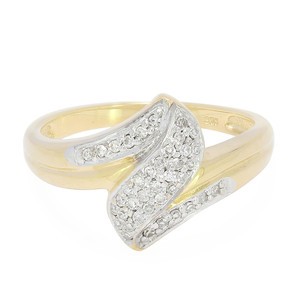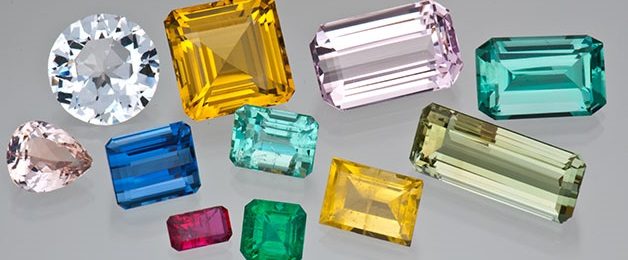Many of us are fans of Diamonds. How could it not be? We all like diamonds, if they are big and of excellent quality much better yet … but sometimes we underestimate what light has to do with it all. Diamonds & light, an very important phenomena for the gemstone collector to understand.
Exquisite gemstones
There are, as you well know, exceptional gemstones capable of changing colour. Some examples the Alexandrite, a gem under natural light has shades between green and blue and with artificial light changes to reddish, or Zultanite, Changing Fluorite and some extremely rare specimens of Sapphires and Garnets with this feature.
Other precious stones react to light showing phosphorescence, or if after absorbing enough daylight can shine on their own in the dark. Examples of this type of rock are Kunzite and Apatite.
The light is magic

Diamond ring in Rocks & Co
What we never take into consideration are the changes that the Diamonds can present according to the light, the environment and ourselves. They do not change colour, nor show phosphorescence but present variations. Why?
The GIA (American Gemological Institute) has created evaluation systems to judge the quality of the Diamond. The Diamond Clarity chart uses criteria necessary to evaluate a Diamond in an adequate and international standardised way. The scale of D to Z indicative of colour and the designation of Flawless to I3, describing the clarity.
The GIA has studied the size of the Diamond for decades and has analysed thousands of proportions before introducing its system in 2005. It is a scientific system but at the same time practical and applicable in the global jewellery industry and accessible to the public. For its development 70,000 observations of 2,300 Diamonds, in studies carried out across all sectors of the jewellery industry as well as Diamond industries, sellers, carvers and potential buyers were taken into account.
I think that the subject of Diamonds & light, is an interesting topic as not much is said about it when evaluating a Diamond! Cruel error! Since jewellery and diamonds are personal items. Let’s not forget that Diamonds in particular are given away on special occasions and often these occasions have to do with our sentimental universe . Therefore, the acquisition of a Diamond must not only be evaluated according to the carat, size, colour and clarity, but it should be observed in what conditions the Diamond that is to be acquired, looks better.
Tiny mirrors

Gold ring with diamonds – Rocks & Co.
In explaining this argument I invite you to observe a Diamond of yours on your out stretched arm. In the distance, if your Diamond is of good quality, it will have an excellent luminosity but as you bring it to your eyes the Diamond will show you shadows that will enlarge more and more. This is due to the crystals that act as tiny mirrors and the shadow you see is nothing other than your own reflected image, although you can not recognise it.
Knowing this you can understand why your Diamond looks different with daylight or artificial light and why it is different observed in a closed place full of objects of how it is seen in a large garden with wide open spaces. The diamond mimics and multiplies the environment, obviously this is accentuated according to the size it has, so I invite you to follow the advice of the writer and expert of Pearls and Gems of the GIA (American Gemological Institute) Kristin Aldridge who gives us the following Advice when buying a Diamond: “Choose the Diamond that you like best! Then enjoy the adventure of learning all the appearances that your Diamond will give you according to the light and the place where it will be observed ”






